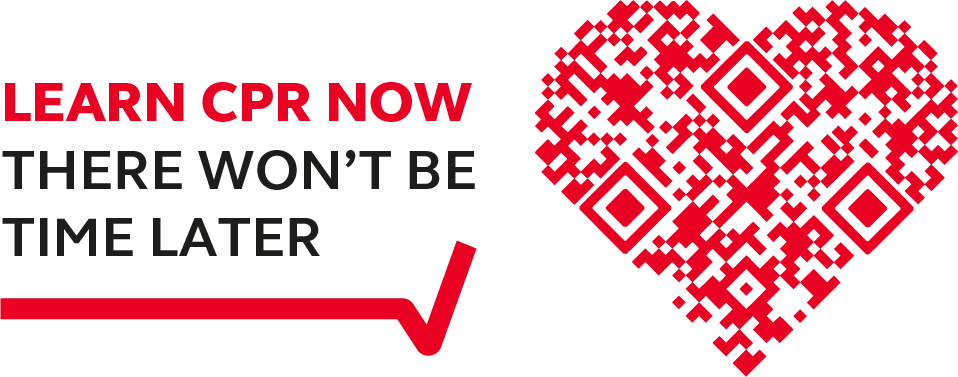Most people don't know that modern AEDs (Automatic External Defibrillators) are designed to be used by any lay person, with no training in first-aid necessary. Once an AED is activated it will talk the user through breathing checks, pad attachment, CPR and any further action needed to deliver the shock which will hopefully allow the heart to re-start. Knowing this, you might wonder why instruction in using a defibrillator is so important, especially as training in their use is not mandatory.
But imagine the stress of the situation: someone has collapsed and is unconscious, not apparently breathing. It might be someone you know, or not. People around are panicking. The only time you have seen a defibrillator used was on an American drama 5 years before when you remember a trained doctor shouting “Clear!” and everybody backing off nervously. This background does not help enable calm actions in an emergency.
How much more likely is it that the life of that unconscious person will be saved if the actions taken are by someone who has experience of how this device works? A person who understands not only what to do, but exactly why the instructions are being given? Instilling greater confidence in the people who may have to use an AED is an important addition to your general first aid training. It will allow them to stay calm in an emergency, to be comfortable with key actions and to be able to take charge of the situation until emergency services arrive. Training will also give other people involved additional confidence that the user knows what they are doing.
Training can be carried out in a number of different ways and is provided by a variety of organisations and charities. Here, as well as details of some of in-house training opportunities, we have links to some great online training material which you can watch and then decide what will most suit your organisation.
In-house training providers.
Most defibrillator manufacturers will give you access to training and you can contact the
customer care team to find out more about what we at Anchor Safety can offer. However, you can also harness the expertise of the following:
- BHF: The British Heart foundation sell training kits for use in the workplace and can also provide course facilitators.
- SJA: You can send employees to a course at St John Ambulance or have one of their volunteers come in to run a course at your workplace. The course is run as an assessment and participants are awarded with a St John Ambulance certificate, valid for three years.
- The
Resuscitation Council, an organisation which is working towards everyone in the country having the skills they need to save a life, run courses to ensure that your first aiders have the most up-to-date knowledge, and the confidence and practical skills to put that knowledge into action.
- The
Red Cross run a course aimed at those with a first aid certificate who also want to learn how to use a defibrillator, either in one of their city bases in London, Edinburgh, Salford or Reading, or in a group booking of up to 15 people at your workplace.
Online training
Online training, is also available from many places and is often as quick as a 15 minute video, although it doesn’t have the benefit of training models. Just a few of those available are here:
- The Resuscitation Council have designed a clever QR symbol, in the shape of a heart, to take people to its short online training material. As well as this they have produced a great
short video, aimed at teaching the very basics in a slightly more light-hearted manner.

- The BHF have a 15 minute interactive online training course called
ReviveR aimed at building confidence, perfecting your CPR technique and teaching you how to use a defibrillator.
- St John Ambulance have this
instructive article which explains clearly how to use a defibrillator in an emergency.
It is not compulsory for your organisation to purchase an AED or provide training to be in line with the Health and Safety (First Aid) regulations 1981. But the statistics of how many people are affected by sudden cardiac arrest and the huge difference that can be made by a rapid response involving a defibrillator are startling. It would seem common sense to maximise that difference by ensuring as many people as possible are confident it its use, ready to save a life.